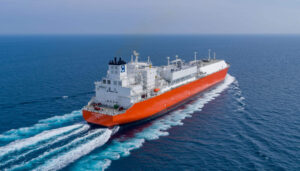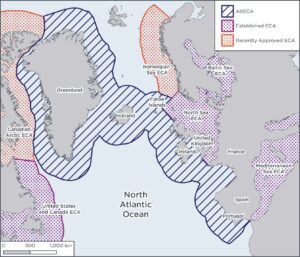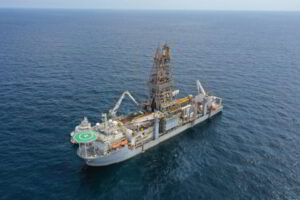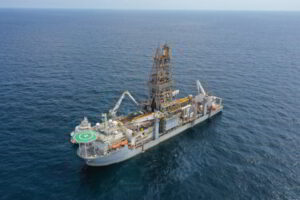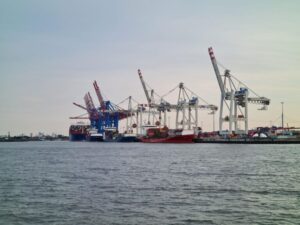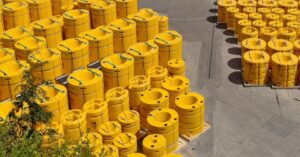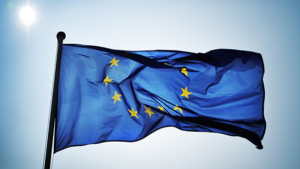Mediterranean Sea to become emission control area for shipping
The EU, together with countries from around the Mediterranean Sea, have agreed to support the designation of a sulphur emissions control area (SECA) in the Mediterranean Sea region.

As explained, ships steaming through the Mediterranean will only be allowed to use fuels containing low sulphur. This is expected to bring benefits to water and air quality as well as human health.

The agreement was reached last week in Antalya, Turkey, when the contracting parties of the UN’s Barcelona Convention on the Protection of the Marine Environment and the Coastal Region of the Mediterranean held the 22nd meeting of the “Conference of the parties” (COP). Contracting parties to the convention signed a declaration endorsing a new strategy for 2022 to 2027 to achieve a healthy, clean, sustainable and climate-resilient Mediterranean Sea.
The Mediterranean Sea has historically been at the heart of societal development for the region as well as a major motorway of the sea. Climate change, overexploitation and pollution have led to many pressures on this fragile ecosystem,” Virginijus Sinkevičius, Commissioner for the Environment, Oceans and Fisheries, commented.
“Our commitment today (10 Dec) manifests the will to work with our non-EU partners to achieve high standards of environmental protection in line with our European Green Deal. I am particularly proud that all contracting parties have agreed to designate the Mediterranean as a sulphur emission control area to protect the health of millions of Mediterranean citizens and their marine environment from ship’s pollution.”
The Mediterranean Sea is subject to many pressures from human activities, given the large population that lives on its shores and the large number of human activities that take place at sea. These include contamination from pollutants, marine litter, the unsustainable extraction of fish, underwater noise, non-indigenous species, and physical disturbance of the seabed.
The ministerial meeting closed weeklong discussions, which in addition to the designation of an emission control area and the Medium Term Strategy 2022-27, agreed on a total of 18 decisions. These include two regional plans to tackle marine litter and urban wastewaters, as well as the budget for the next biennium.
These important decisions will also help EU Member States to protect their marine waters and achieve environmental commitments under the European Green Deal including the EU Biodiversity Strategy, the Zero Pollution Action Plan, as well as the Farm to Fork strategy.

